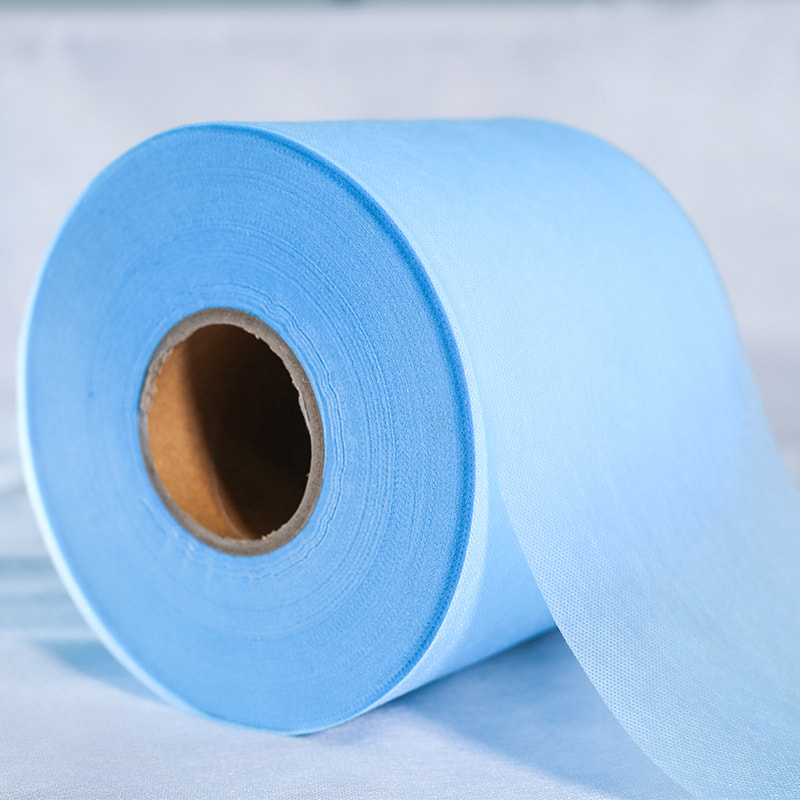What is the history of nonwoven fabrics, and how has PP spunbonded technology evolved?
Nonwoven fabrics have a fascinating history that dates back to the mid-20th century, driven by advancements in textile technology and the growing demand for versatile materials. The concept of nonwoven fabrics emerged as a response to the limitations of traditional woven textiles, which required significant labor and time to produce. Early nonwoven fabrics were typically made from natural fibers, but the introduction of synthetic fibers in the 1950s marked a significant turning point. Among these innovations, polypropylene (PP) spunbonded nonwoven technology, developed in the 1960s, stood out for its unique properties and wide-ranging applications.
PP spunbonded nonwoven fabric is created by extruding polypropylene fibers, which are then laid down in a random pattern and bonded together using heat and pressure. This process results in a material that boasts excellent strength, durability, and breathability. Initially utilized for basic applications like industrial wipes and insulation, the versatility of spunbonded technology soon led to its adoption in various sectors, including hygiene products, medical applications, and even automotive manufacturing. The fabric's barrier properties made it especially valuable in medical settings, where it is used in surgical masks, gowns, and drapes, contributing to patient safety and infection control.

Over the decades, the commercial value of PP spunbonded nonwoven fabrics has skyrocketed, with increasing demand driven by their performance characteristics and cost-effectiveness. The rise of disposable hygiene products, such as baby and adult diapers, further propelled the technology into everyday life. As environmental concerns grew, the industry responded by exploring sustainable practices, such as the development of biodegradable alternatives and recycling programs. Today, PP spunbonded nonwoven fabrics are ubiquitous, found in shopping bags, cleaning wipes, and even geotextiles for agriculture and construction.
The evolution of PP spunbonded technology continues to reflect broader trends in sustainability and innovation. As consumers become more conscious of environmental impacts, manufacturers are working on enhancing the recyclability and eco-friendliness of these fabrics. Additionally, advancements in production techniques are enabling the creation of more specialized materials tailored to specific applications, further solidifying the position of PP spunbonded nonwoven fabrics in modern textiles. This ongoing evolution underscores the ultimate adaptability of nonwoven technology, ensuring its relevance across various industries while addressing contemporary challenges in sustainability and efficiency.







 English
English 中文简体
中文简体 русский
русский عربى
عربى





